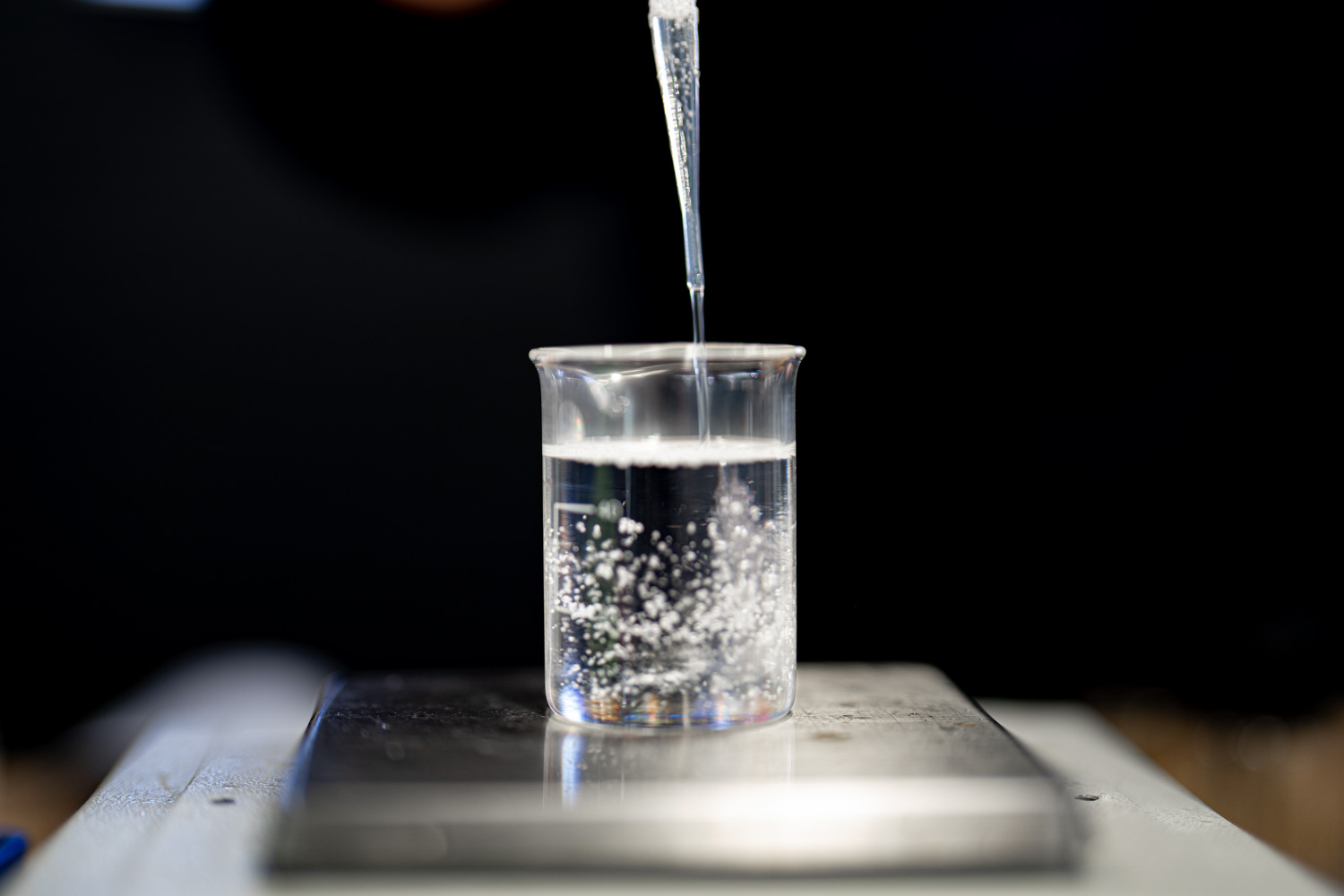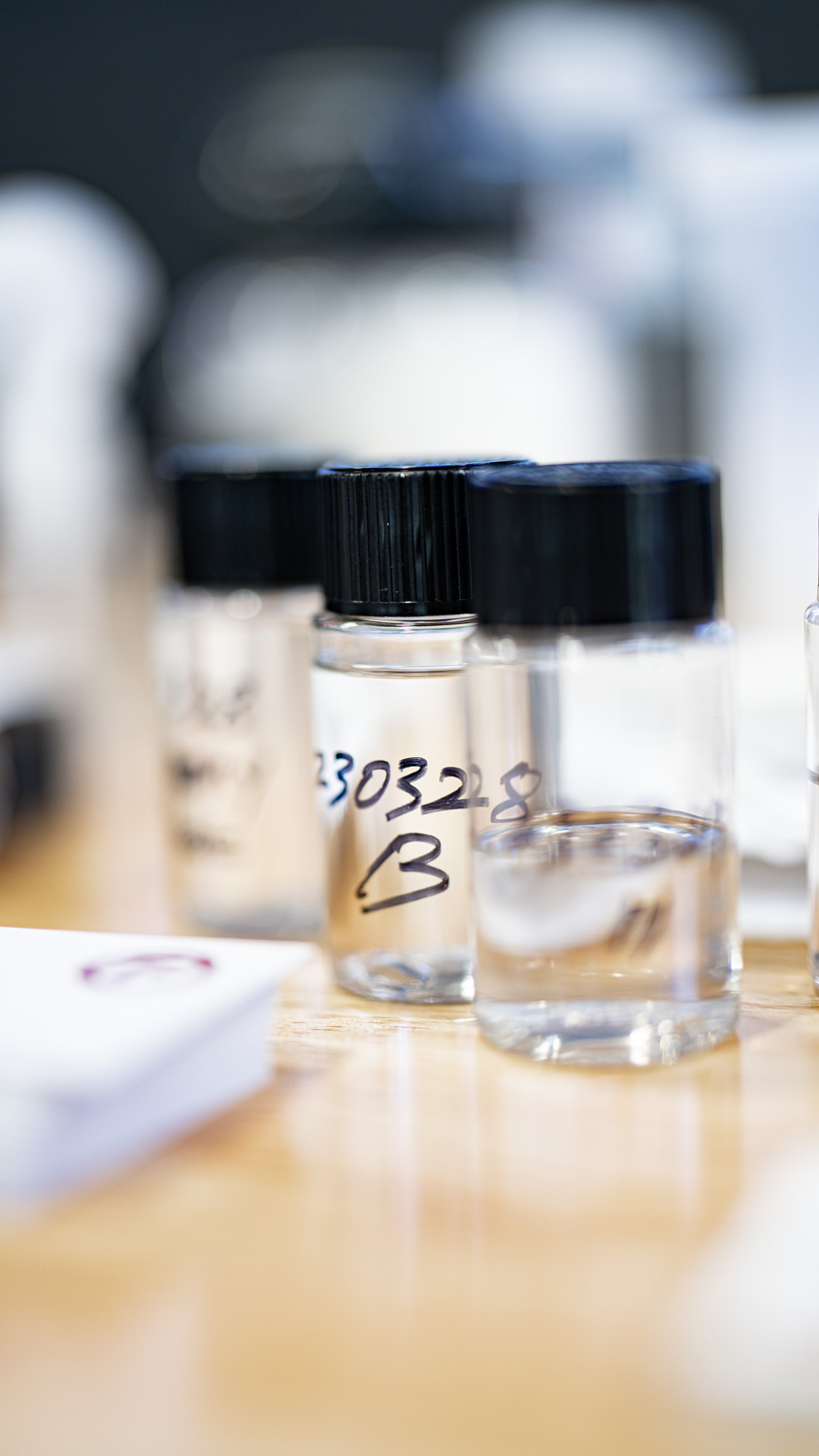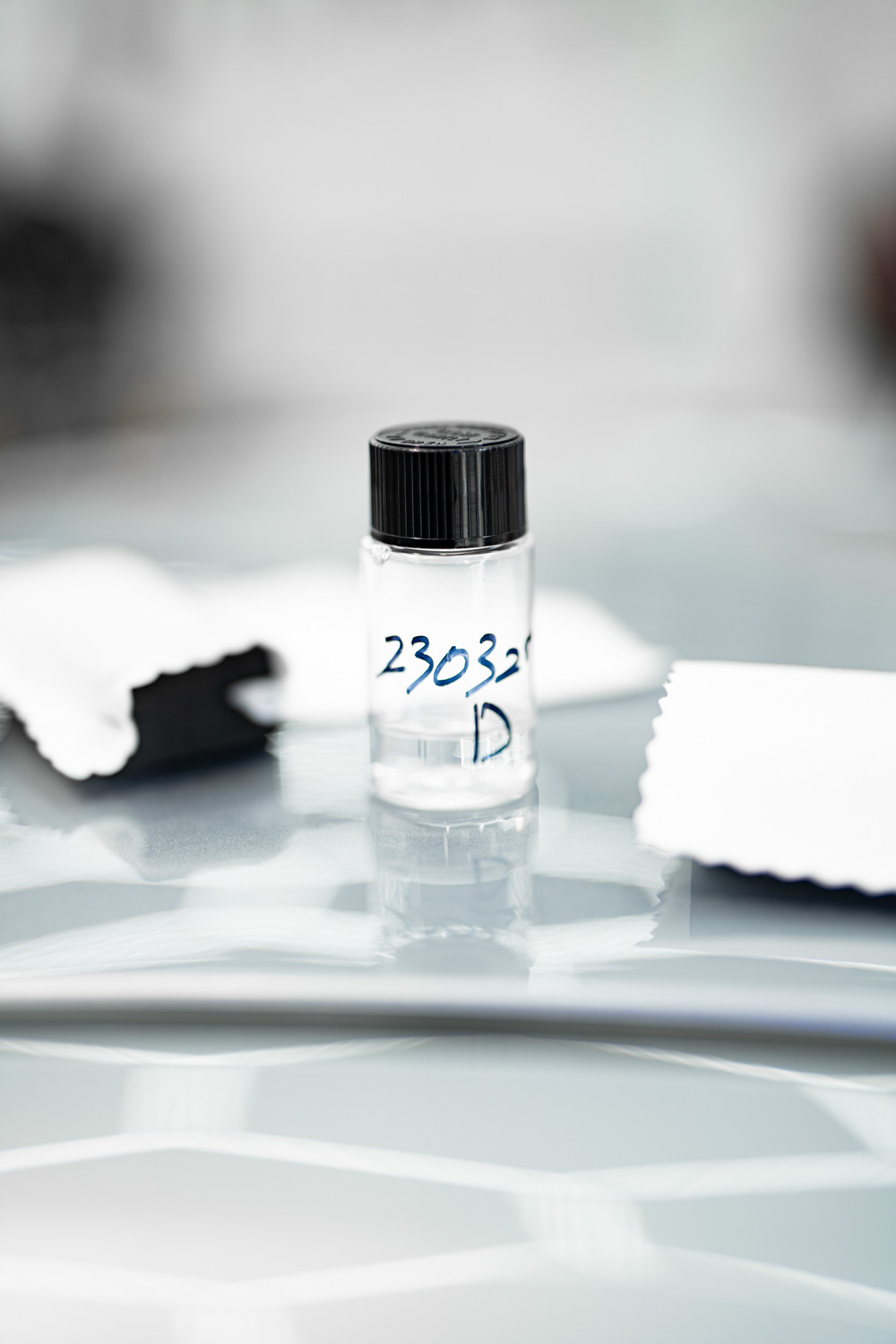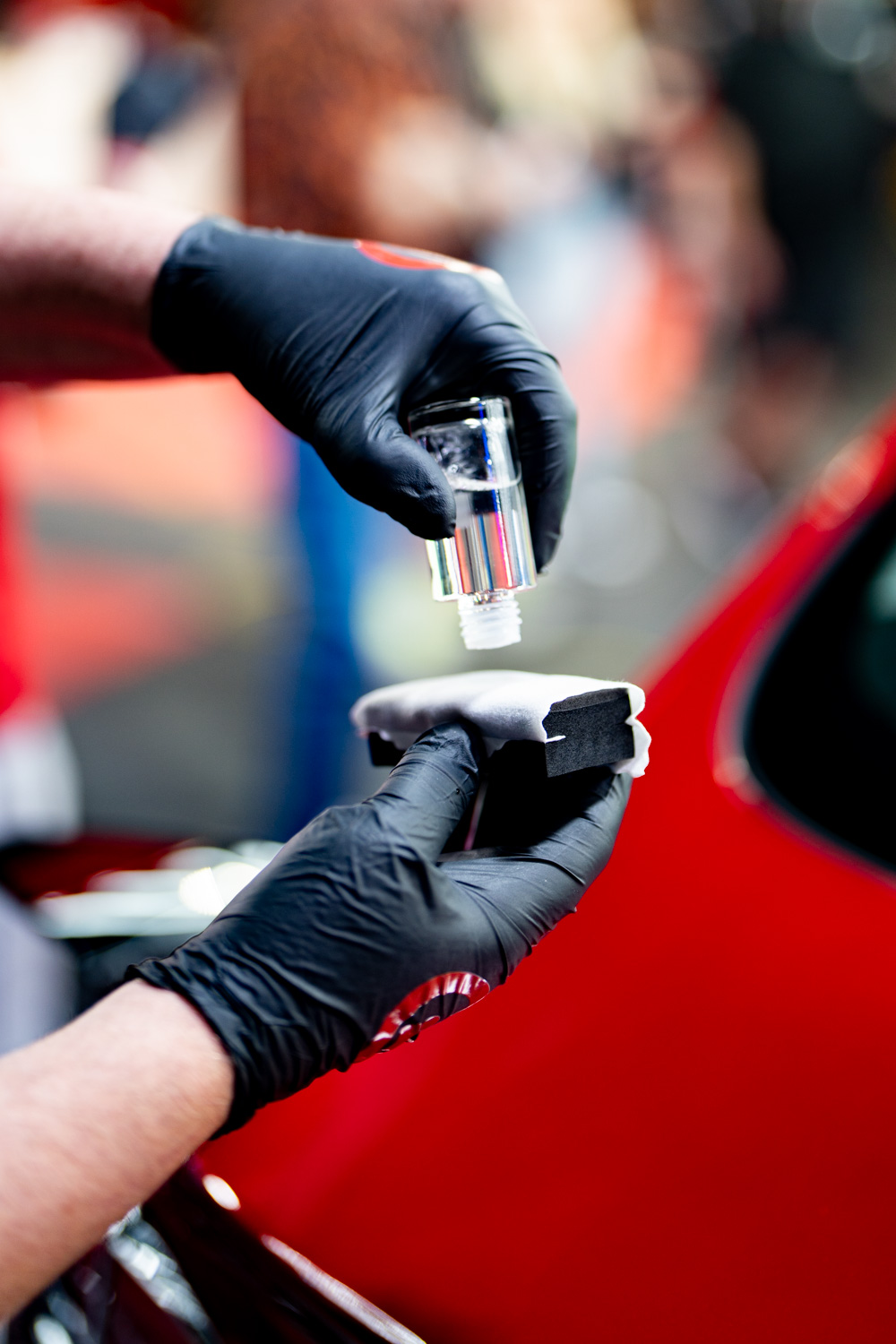-
Ceramic Coatings
-
Shop
-
About
In researching ceramic coatings, you may find yourself with questions about the primary component, silica dioxide. SiO2, as it’s commonly called, is a versatile and highly sought-after substance in several modern industries. In this article, we’ll explore where SiO2 comes from, the science behind SiO2’s many qualities, and answer the question of what makes SiO2 important for ceramic coatings.

Silica Dioxide, or SiO2, is a natural silica compound. In stable SI02 formations, the silicon (SI) atom is connected to four separate oxygen (O) atoms in a non-linear, three-dimensional bond. SiO2 is a highly potent form of pure silica, and is often found in common sand and manufactured glass. However, SiO2 also has the potential to create interlocking bonds, hardening into extremely resilient materials, like Obsidian, Granite, and Quartz.

SiO2 can be manufactured chemically, but the compound is so abundant naturally that this method is rarely used. As mentioned before, SiO2 makes up the majority of volcanic rocks like obsidian, and is the primary constituent of quartz.
Quartz is a great example of SiO2. The typical composition of quartz is 99% SiO2 (53% oxygen and 46% silica), with the other 1% retaining trace elements from its surrounding environment. At such a high SI02 concentration, quartz is able to demonstrate the crystalline nature of hard-bonding SiO2. These super-durable, and spectacularly eye-catching crystals are very similar to the microscopic structure of Fireball’s automotive ceramic coatings, simply demonstrated on a much larger scale.
As we’ve seen, SiO2 is a highly versatile compound. Let’s talk about the practical side of this:


There are three primary styles of ceramic coating, SiC (Silica Carbide) Coatings, Carbon Allotrope (Graphene) Coatings, and SiO2 Coatings.
SiC Coatings were an early form of ceramic coatings. While these coatings are protective, they do not bond as well, set as hard, or finish as clearly as SiO2 coatings. SiC also typically doesn’t last as long as SiO2.
Graphene Coatings are an attractive option due to Graphene’s excellent protective properties (keep your eyes peeled for an upcoming blog post on the benefits of Graphene), but Graphene coatings are never pure graphite. In order to stabilize and bond the graphene, it must be mixed in with a SiO2 or a SiC coating.
SiO2 Coatings are by far the best and most popular choice for automotive ceramic protection.
When an SiO2 coating arrives at an installer’s shop, it ordinarily takes the form of a bottled liquid mixture. Millions of microscopic SiO2 particles are suspended in this mixture, ready to be activated by the installer.
The ratio of the SiO2 (and other active ingredients) to the suspension mixture is crucial for the integrity of the ceramic coating. Some brand’s coatings can reach as low as 40% active ingredients, meaning 60% of the coating you pay for evaporates after application. Fireball’s lowest percentage coating comes in at 73% active ingredients, while our most advanced coating boasts 92%.
One of the clear benefits of using SiO2 is the natural, three-dimensional structure of the compound bonds incredibly well with additives like titanium and graphene. These can add additional features and benefits to the existing properties of ceramic coatings.
Once applied, the suspension materials separating the ceramic nanoparticles begin to evaporate, and the SiO2 begins to bond. This is referred to as the coating “setting.” It is extremely important for installers to keep dust and other airborne contaminants off the car during this period, otherwise they may land on the coating and seal into the SiO2.
As the suspension evaporates, SiO2 particles shift and funnel downwards towards the car’s paint in a process known as self-leveling. During this time, SiO2 particles fill in the microscopic pores, ridges, and uneven surfaces of your paint, like grains of sand might. The super hydrophobic properties of the coatings combined with the suspension materials freeing them to shift and move one another naturally create an incredibly smooth surface.
Quality ceramic coatings with a high SiO2 volume dry into a hardened finish that mimics quartz on a microscopic level. Have you ever noticed the enhanced gloss, incredible shine, and added color depth on a ceramic coated vehicle? What you’re seeing is the effects of an effectively invisible layer of ultrafine silica crystals, made from dense SiO2 formations.
Looks aren’t the only benefit of these crystals. They’re also super hydrophobic, which has all kinds of benefits for vehicle owners, and they create a layer of up to 9H hardness protecting your car from weather, scratches, and abrasions.


SiO2 is a versatile substance with various applications in modern industries. In automotive protection, SiO2 coatings bond with additives like titanium and graphene to create a durable and beautiful layer. Ceramic coatings with high SiO2 content, like Fireball’s, offer ultimate protection and shine for vehicles.
Now that you know exactly what SiO2 is and how it can benefit your vehicle, why not let Fireball connect you with one of our ceramic coating installers? Fireball has hundreds of installers across the nation. Each and every one of our certified partners has been personally trained by our owner and head detailers.
Trust your car with an installer who knows just as much about SiO2 as you do! Sign up today for a free quote.